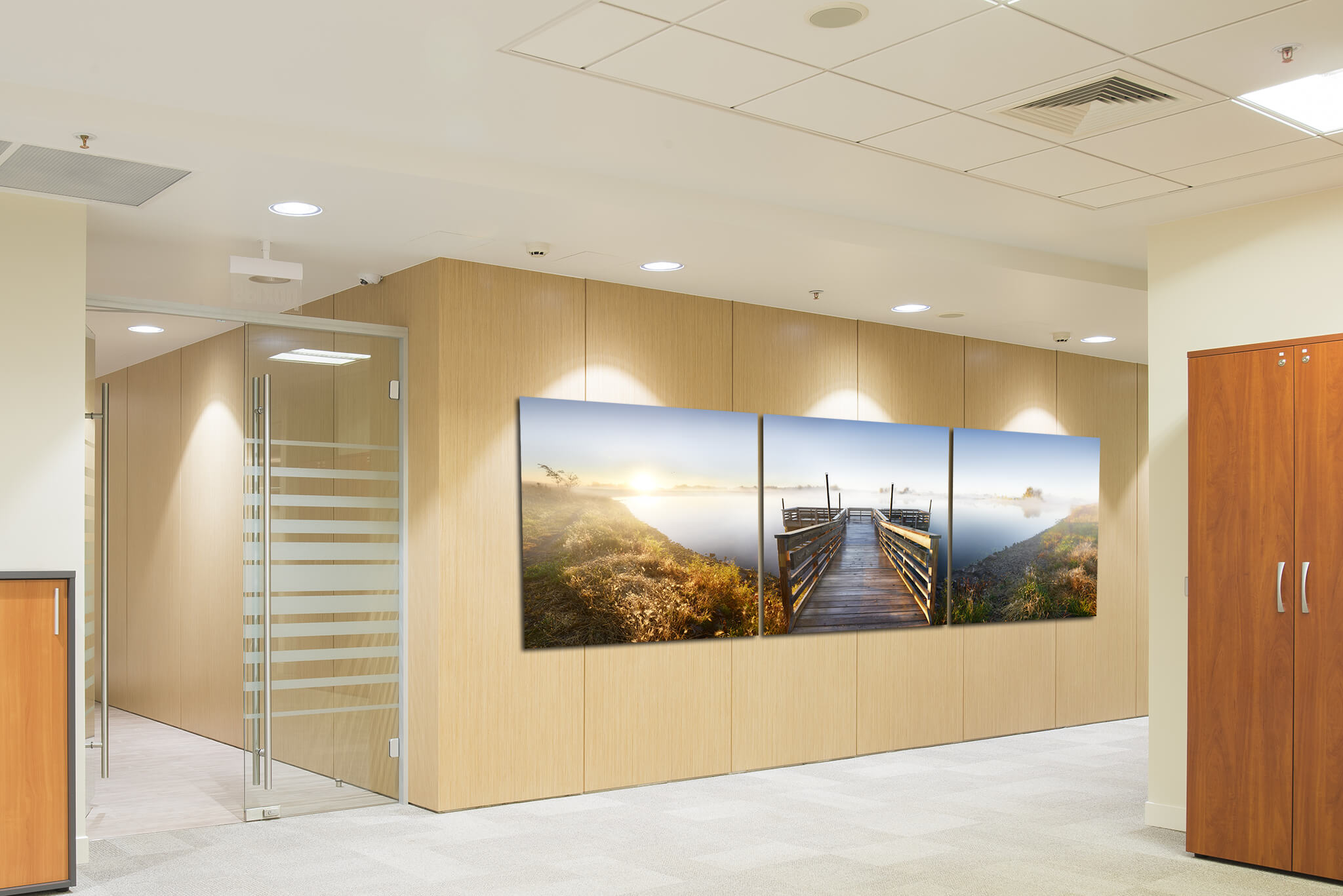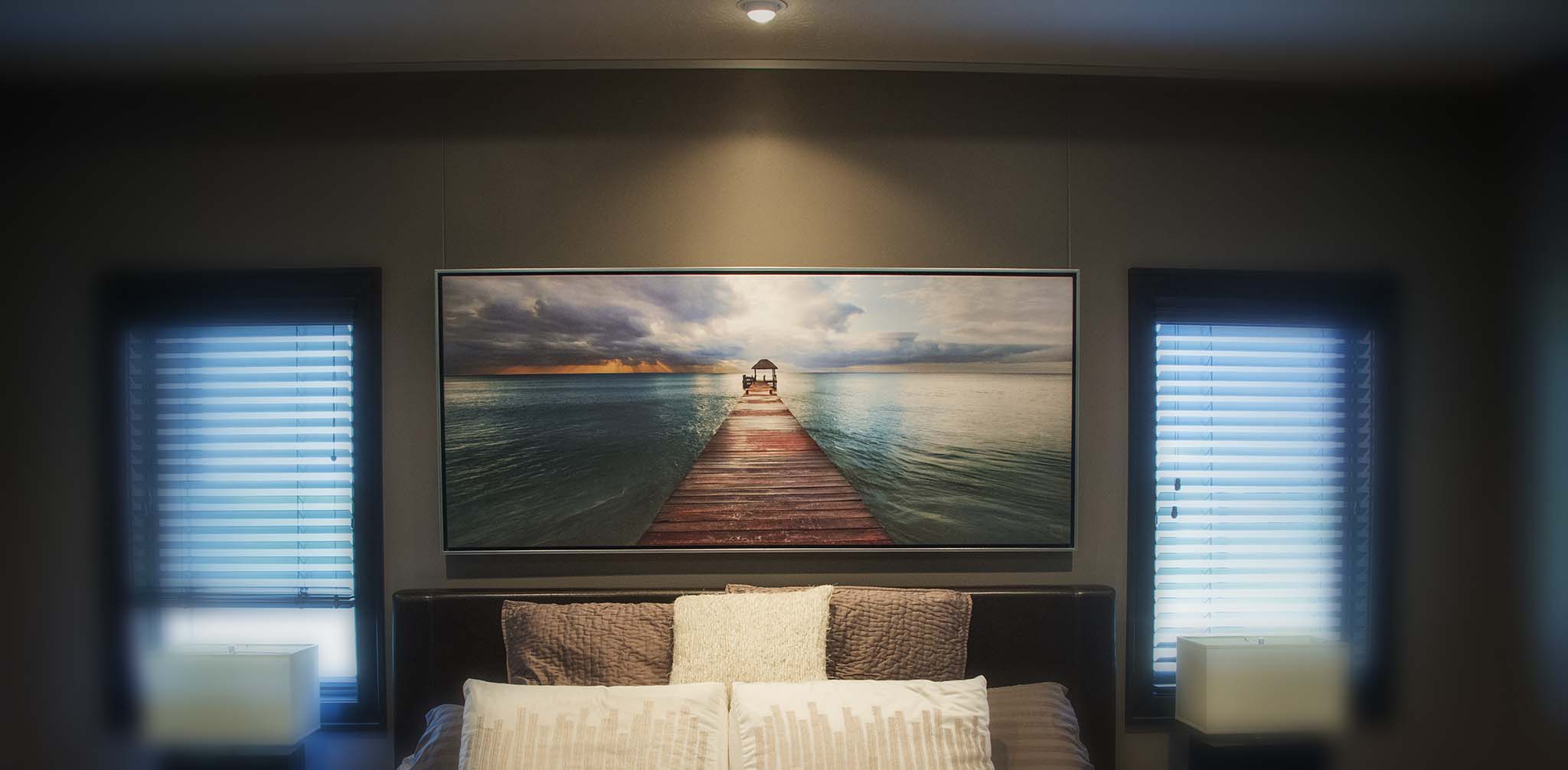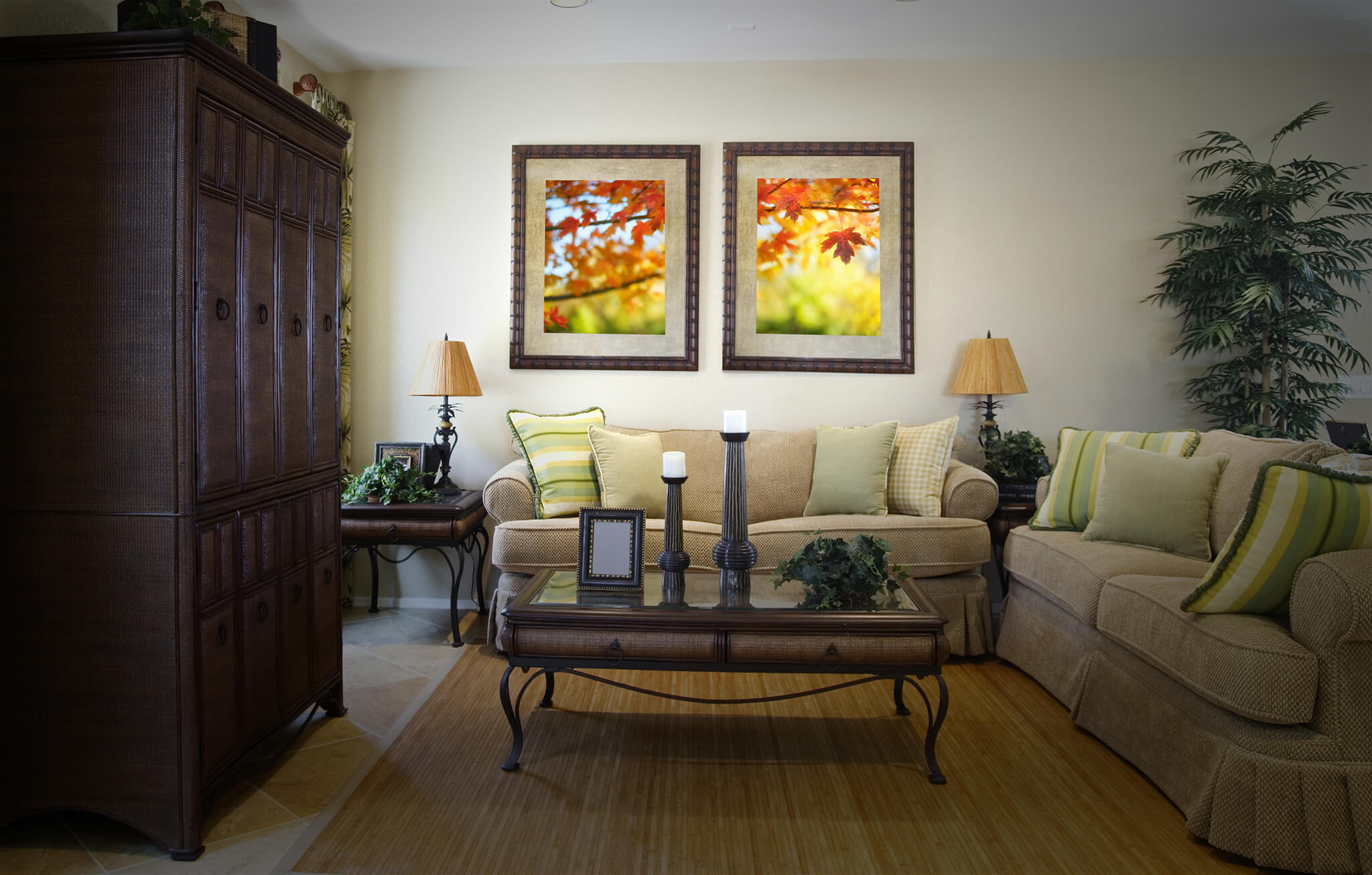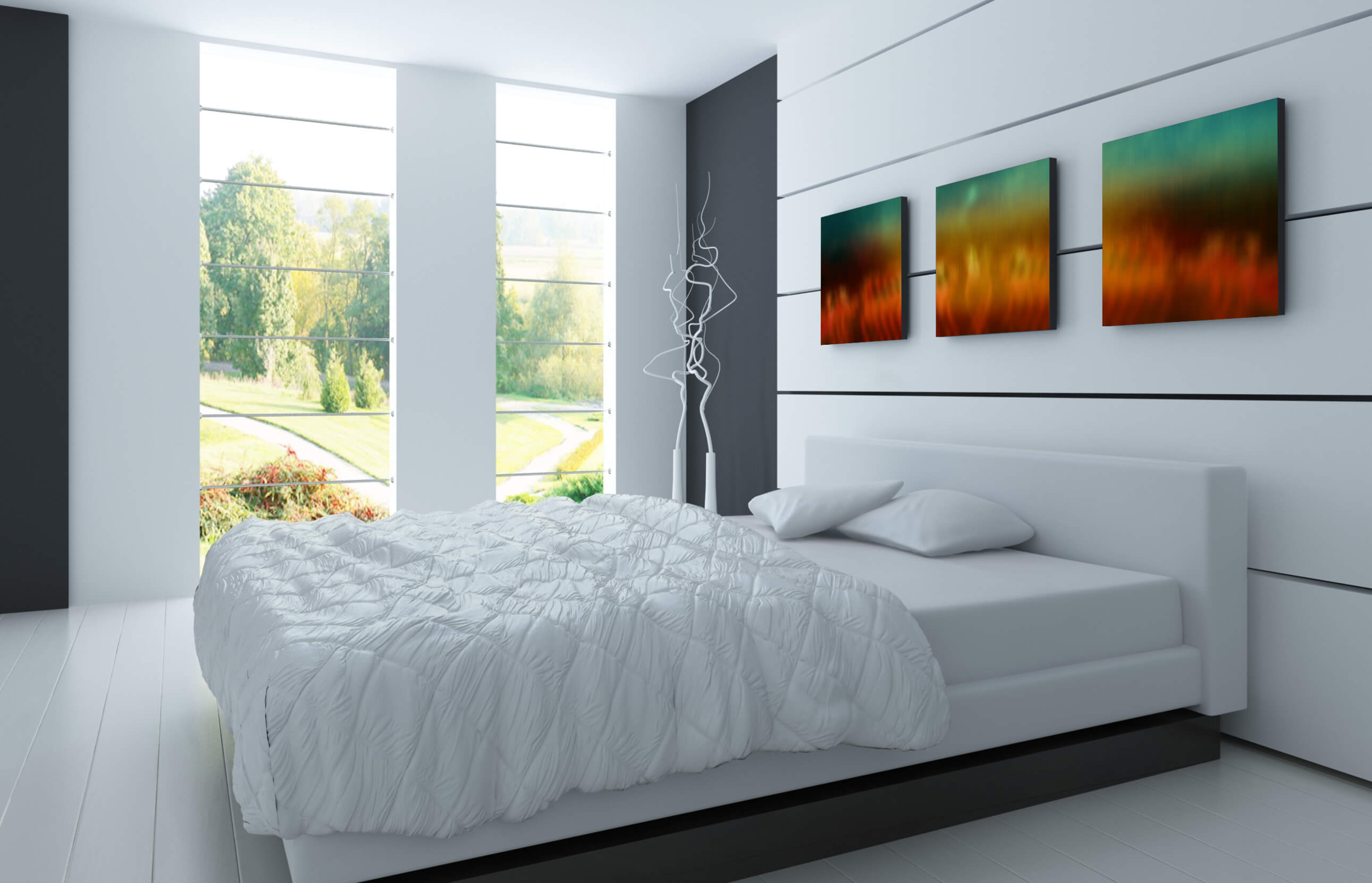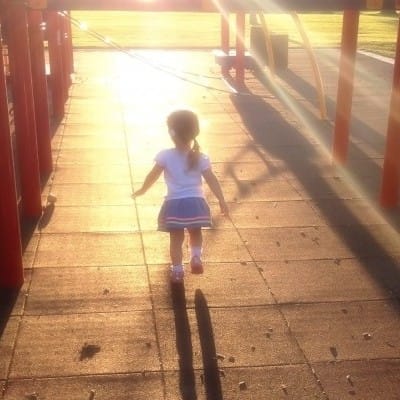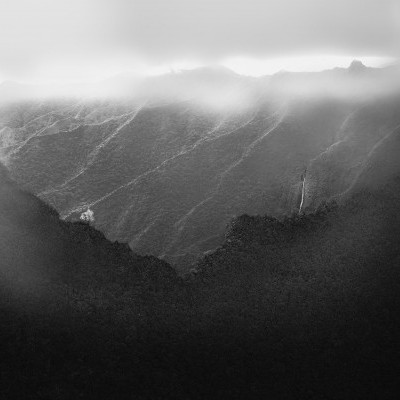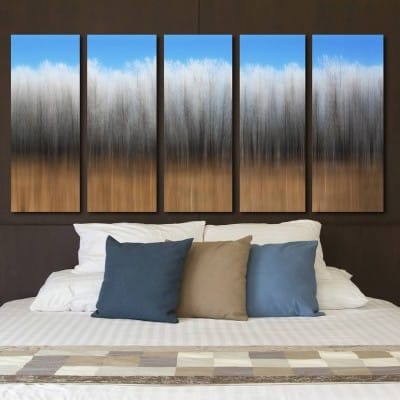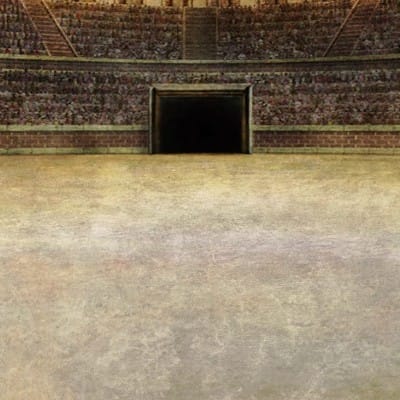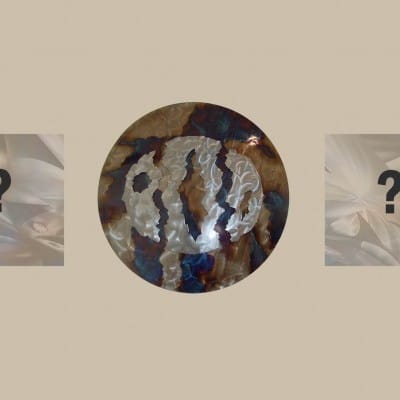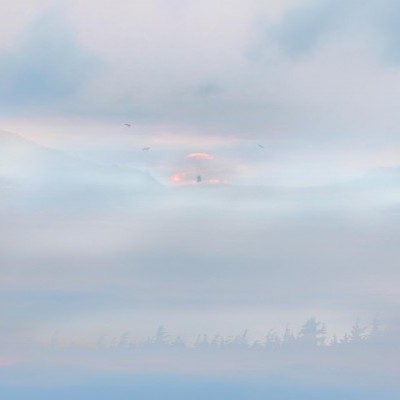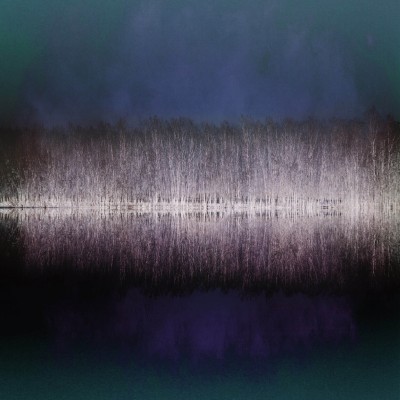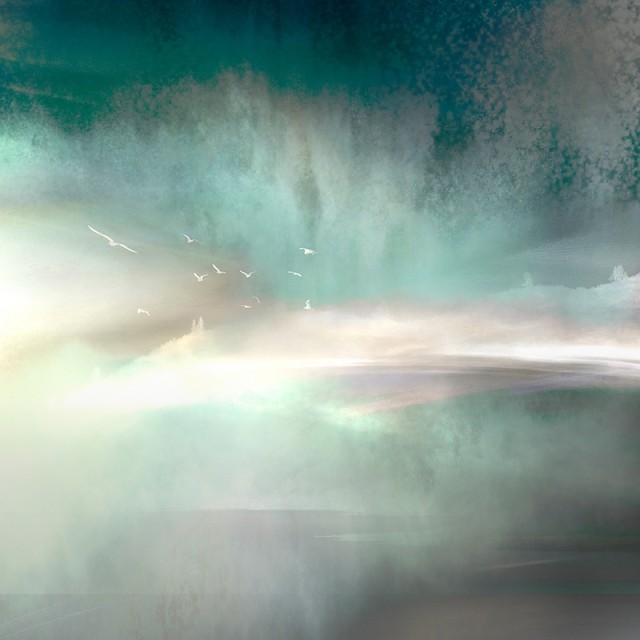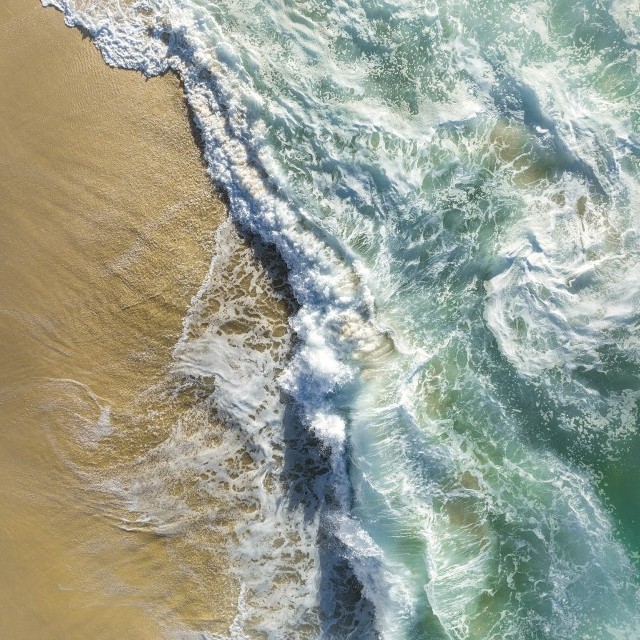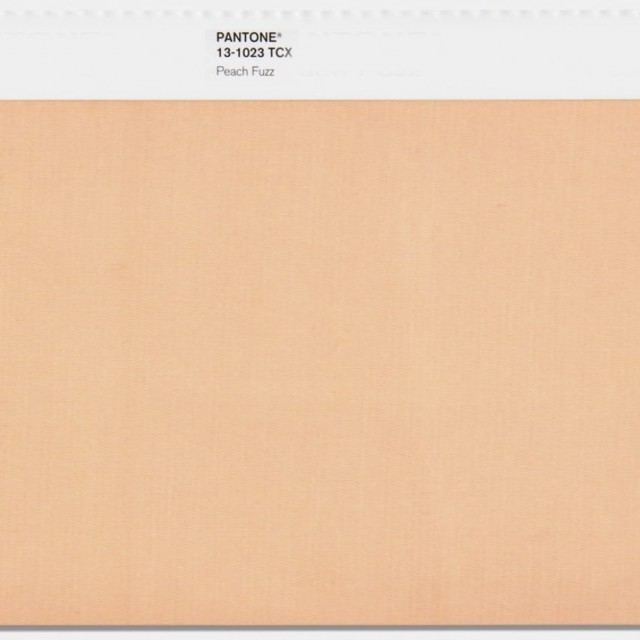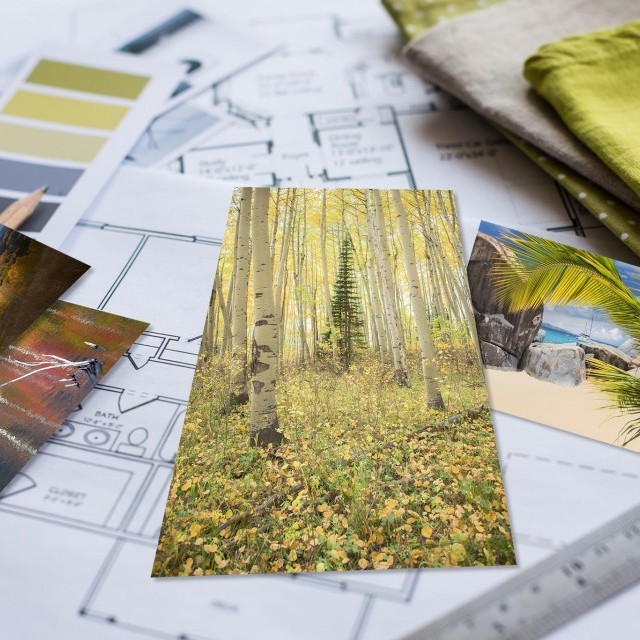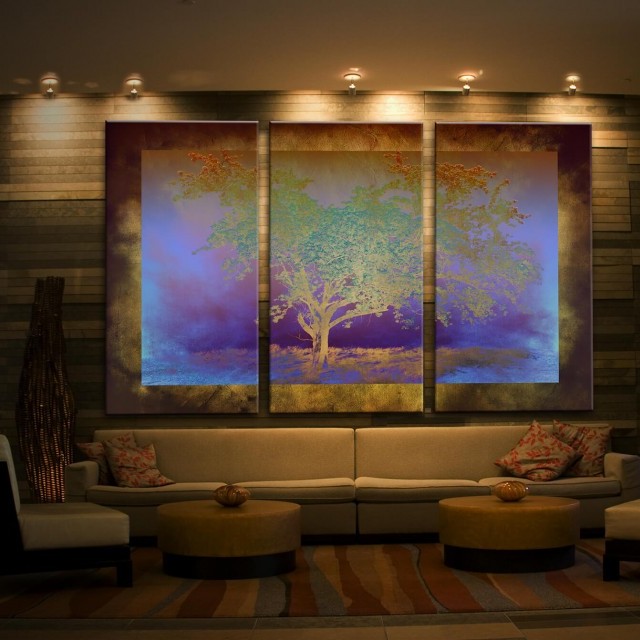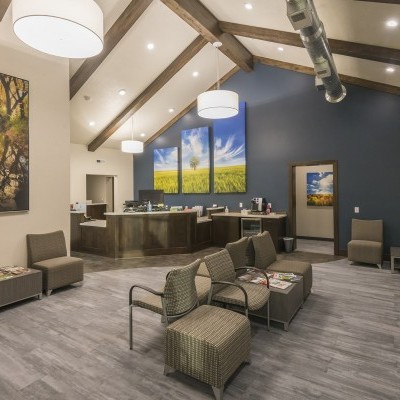
Aside from the subject or image of the art itself, the single most important factor when it comes to an art's impact is light. The light source will help the art be at its best. It's not the frame. It's not the substrate either.
It's simply the light which casts upon it to give it life.
I think this is often overlooked. (I guess that's why I'm writing this). It can be tricky to know how to best utilize the light in the space to maximize the impact art gives to it.
Here's a quick guide to help your art make the impact it should in your space.
1. In all situations, having a dedicated light source will give the art maximum impact at all times.
Whether it's a track light, a ceiling mounted spotlight, or an actual art light, dedicated directional light will bring out the details in the art the best. Since the light is directed to shine on the artwork itself, it also creates more contrast between the artwork and the wall it is hanging on. The angle also creates extra visual intrigue by giving the artwork depth and shadow--the cherry on top of a delicious sundae.
Put in a dimmer switch too while you're at it to have full control and to influence the mood of the artwork. Dedicated lighting also creates "fill light" at times of day where heavy directional light from windows illuminates only one side of the artwork, for example. Fill light will brighten the harsh shadows that a window might create.
2. When dedicated light is not an option, make sure there is enough ambient and artificial light at all times.
This means it should be near an artificial light source so that it can still have an impact during the early or evening hours. So if you really want to get it right, hang your art when it's dark outside and turn on all your lights. Since most rooms have plenty of ambient light from windows during the day, it's the night that can really determine whether you can enjoy the art after the sun goes down.
3. If the artificial light sources available (discussed in #2) are not sufficient, then it is time to use your natural ambient light to optimize your artwork.
What this essentially means is that you are acknowledging the fact that the artwork won't look its absolute best when the sun is down, but it will look amazing during the day because we are using windows and natural light strategically. Using this technique, my advice is to hang your pictures around the noon hour since the sun is at its highest and the least directional. Because you will only be getting indirect light at the noon hour into your space, you'll be able to understand where light is most prevalent at most times during the day, maximizing the time the art looks its best.
4. When all else fails and it's pretty dark at most times in your space, try to hang your art art near a window.
Depending on the direction of your window wall (and the season you're in), odds are it will look its best either in the morning or the afternoon. Again, you should be aware that since it is near a window, the substrate you select will matter...big time. More than likely you'll want a substrate with a matte finish like canvas, wood, or metal with a matte finish. This is to avoid the inevitable harsh glare of heavy directional sunlight that glossy surfaces create.
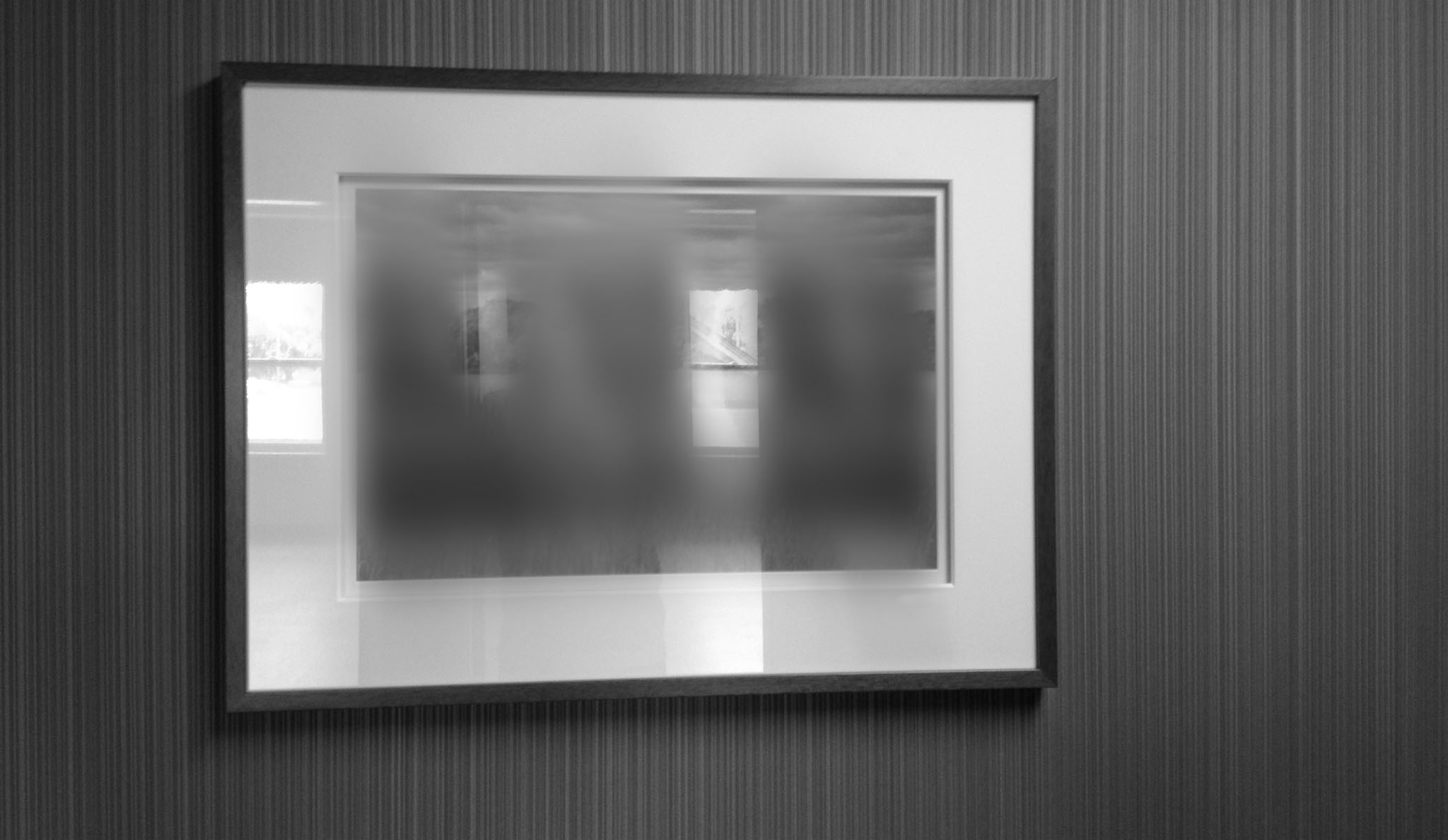
5. Window treatments can affect how artwork looks on adjacent walls.
I've noticed by accident that if you have slat shades (where you can adjust the angles of them), you can gather the light from outside and redirect it to beam toward your artwork. With the right image, it certainly makes the artwork come to life, even glow. It's just like using dedicated lighting and pointing it right at the artwork. It creates some rather stunning effects.
